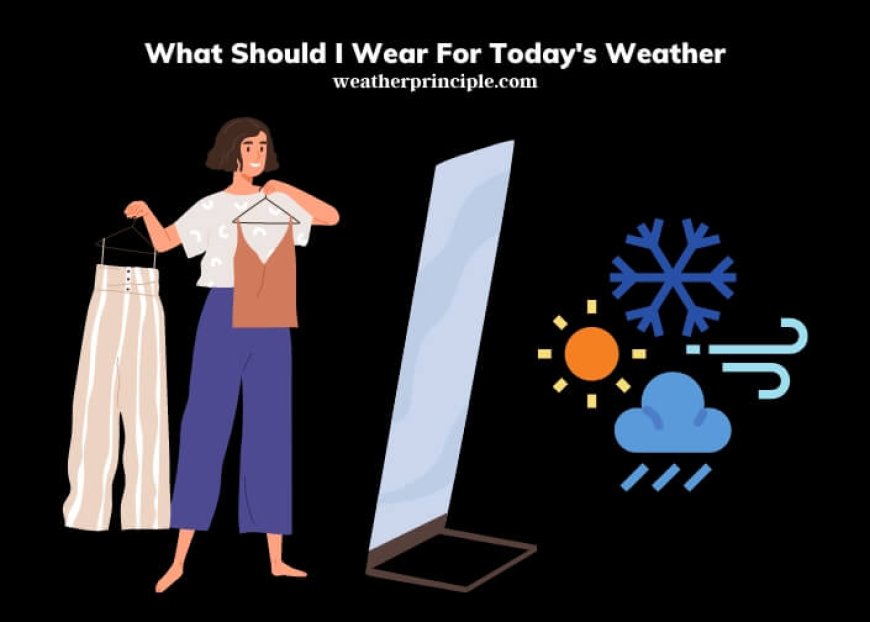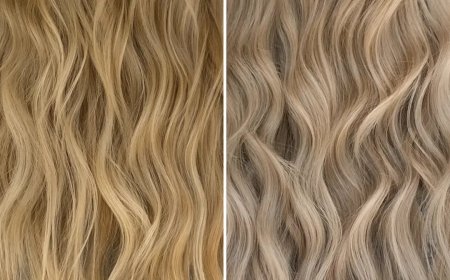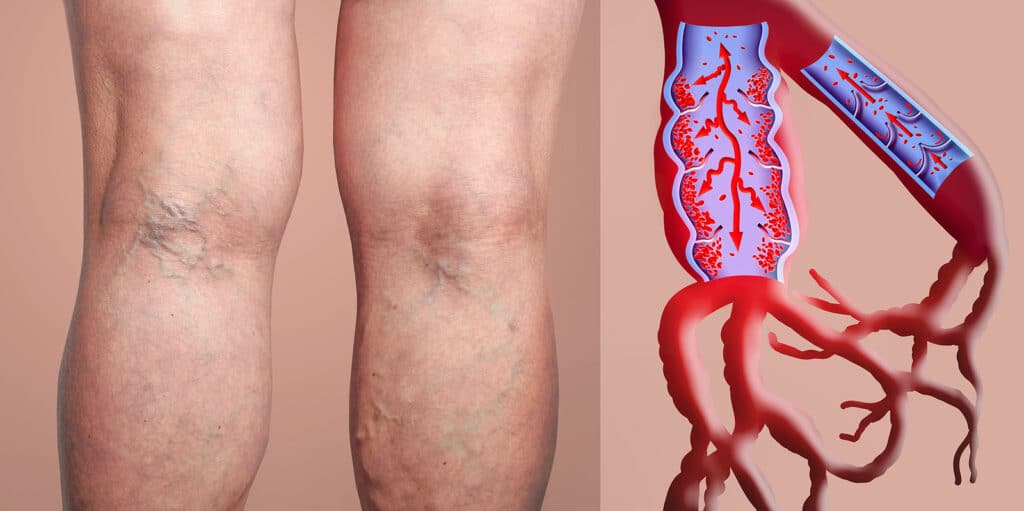Should I Wear a Coat Today? How to Dress for Changing Weather

As we navigate the vicissitudes of climate, the question of “Should I wear a coat today?” resonates with many. Weather conditions are not only pertinent to our comfort; they can have profound effects on our health and well-being. A comprehensive understanding of how to dress in changing weather is essential for maintaining both physical warmth and psychological comfort.
Understanding the importance of appropriate attire in response to varying temperatures is foundational to personal health. The ability to adapt to different environmental factors is a skill that can mitigate risks associated with exposure to extremes. The multi-faceted approach to dressing for the weather involves not just the current temperature but also humidity, wind chill, and potential precipitation.
When considering the elements influencing your attire choices, it is crucial to assess local and current weather conditions, including forecasts, as they provide valuable insights. Incorporating technology, such as dedicated weather applications, can augment one’s understanding of daily conditions and allow for informed decision-making regarding attire.
Effective dressing strategies begin with an analysis of the current and forecasted conditions.
Environmental Considerations: The Role of Temperature, Wind, and Humidity
The ambient temperature is perhaps the most conspicuous factor in determining the need for a coat or additional layers. As a general rule, when temperatures dip below 50 degrees Fahrenheit (10 degrees Celsius), a coat is often advisable. However, the interplay of other meteorological conditions, such as wind chill and humidity, must also be considered. Wind can significantly exacerbate cold temperatures, leading to a sense of discomfort even at mildly chilly temperatures.
For instance, a day with a temperature of 45 degrees Fahrenheit (7 degrees Celsius) can feel much colder when gusts of wind are present. Studies have shown that physiological responses to cold are heightened by wind, which can increase the risk of hypothermia if appropriate clothing is not worn.
Humidity further complicates dressing strategies. High humidity can lead to a perception of increased warmth, whereas low humidity often intensifies the chill felt in colder temperatures. Meteorological data suggest that relative humidity levels above 85% can make cold temperatures feel more frigid, emphasizing the need for protective outer layers even when temperatures remain relatively mild. Conversely, in warmer conditions, humidity can elevate the heat index, prompting a shift to lighter fabrics without compromising personal comfort.
In summation, understanding temperature, wind, and humidity in conjunction can inform sound attire decisions. Weather forecasts provide nuanced information that can guide clothing choices while enhancing personal comfort and health.
Layering: The Art of Versatility in Attire
Layering is a time-honored strategy in dressing for changeable weather. The principle behind layering lies in its adaptability; it enables individuals to customize their attire according to fluctuating temperatures throughout the day. The basic structure typically involves three layers: a base layer, an insulating layer, and an outer layer.
The base layer serves as the first line of defense against moisture and is typically made from synthetic materials or merino wool that wick perspiration away from the skin. This is especially crucial on colder days, as moisture can induce a cooling effect, counteracting the warming properties of the other layers.
The insulating layer is designed to trap air and retain heat. This could consist of fleece, down, or other synthetic materials. The effectiveness of this layer is contingent upon the insulation’s ability to encase air, providing thermal regulation without excessive bulk.
The outer layer is vital for protecting against environmental factors, including wind and precipitation. Fabrics designed for this purpose are typically water-resistant or waterproof, offering protection against rain, sleet, or snow. A high-quality coat or jacket thus becomes incumbent when conditions are otherwise inclement.
Moreover, versatile outer layers can often be modified with zippers or adjustable features, allowing for rapid changes as temperature shifts occur throughout the day. This allows for a fluidity in dressing that harmonizes with the unpredictable nature of the weather.
Dressing Appropriately for Different Seasons
Seasonal changes demand a reevaluation of one’s wardrobe action-plan, as each season presents unique challenges and considerations.
During winter months, heavier coats are a necessity. Not only must these garments provide warmth, but they should also protect against wind and moisture. Wool overcoats, parkas, and insulated jackets are optimal choices. The incorporation of accessories, such as scarves, gloves, and hats, enhances warmth and retains body heat, thus minimizing discomfort.
Spring and fall are characterized by transitional weather, often shifting between warm and unseasonably cold temperatures. During these periods, layered dressing becomes increasingly relevant. Water-resistant jackets, lightweight sweaters, and breathable materials that can handle variable temperatures are advised. An umbrella may also serve a dual purpose of style and utility.
In summer months, one may initially perceive a coat as unnecessary; however, evenings can bring unanticipated drops in temperature. A light, breathable jacket or cardigan should be readily available to ward off chill during evening outings.
Additionally, UV protection is imperative during sunny months; utilizing clothing designed for sun protection can mitigate the risk of skin damage while helping to maintain body temperature during uncomfortably hot parts of the day.
Thus, seasonal trends, while often dictated by fashion, must be based on functionality and personal comfort. This approach ensures that one remains prepared for any eventuality dictated by the weather.
Conclusion: The Importance of Informed Choices
Ultimately, choosing to wear a coat or specific layers involves a nuanced understanding of weather conditions, personal preferences, and seasonal requirements. The interplay between various environmental factors can significantly influence personal choices regarding attire, leading to enhanced comfort and health.
This multifaceted approach underscores the significance of being attuned to both current weather conditions and long-term forecasts. In doing so, individuals can navigate the complexities of dressing for changing weather, ensuring preparedness and comfort, while reducing the associated risks of environmental exposure.
In conclusion, whether it is a heavy winter coat or a light summer jacket, making informed decisions regarding clothing choices is not merely a matter of aesthetics but a vital component of maintaining health and well-being amid an ever-changing climate.
What's Your Reaction?
 Like
0
Like
0
 Dislike
0
Dislike
0
 Love
0
Love
0
 Funny
0
Funny
0
 Angry
0
Angry
0
 Sad
0
Sad
0
 Wow
0
Wow
0









:max_bytes(150000):strip_icc()/drugstore-retinol-creams-tout-f76b9d2796e34eaa8376801c83fb1888.jpg)


















